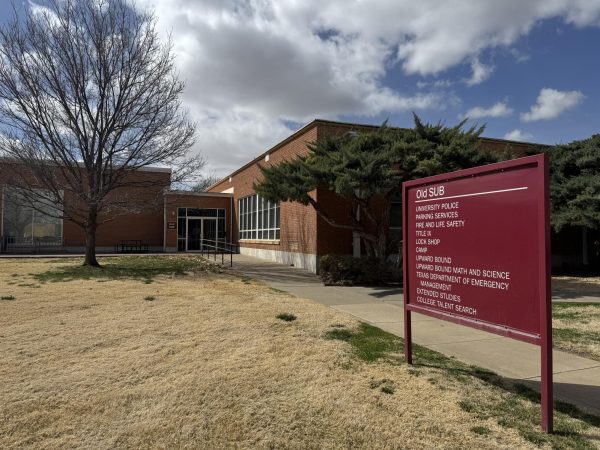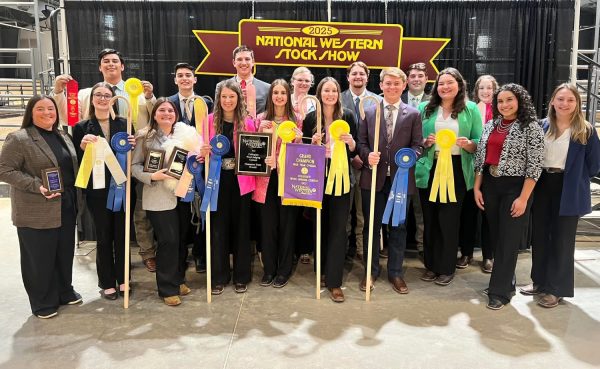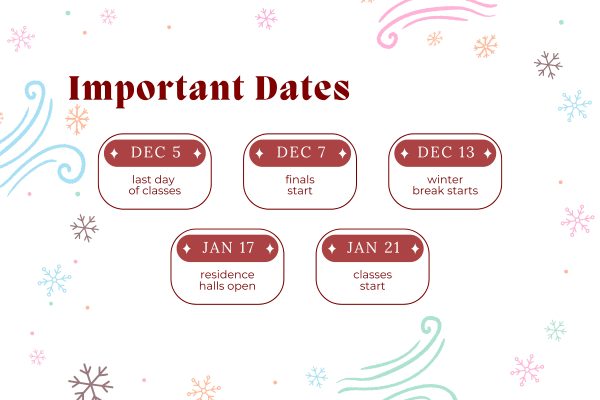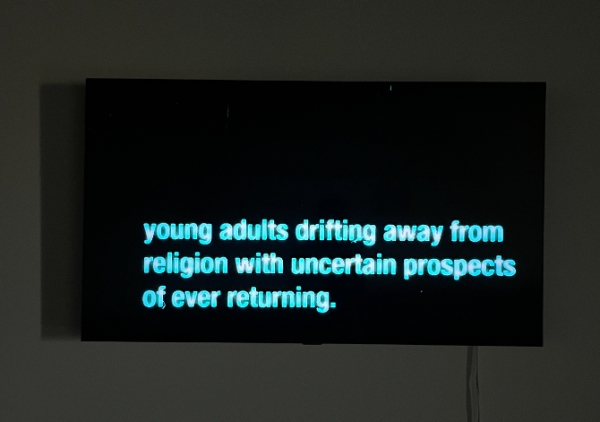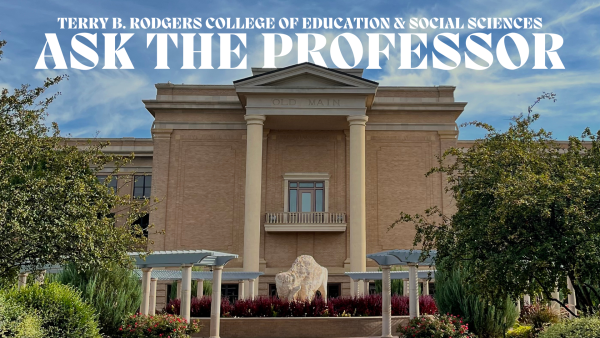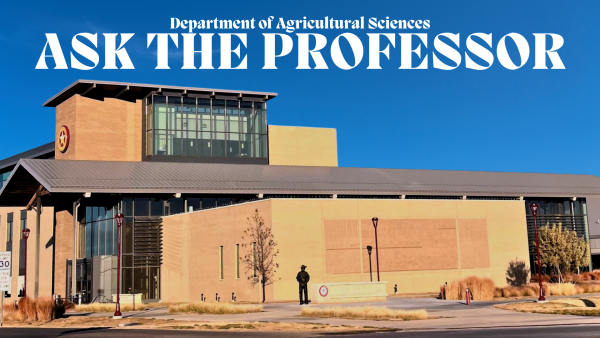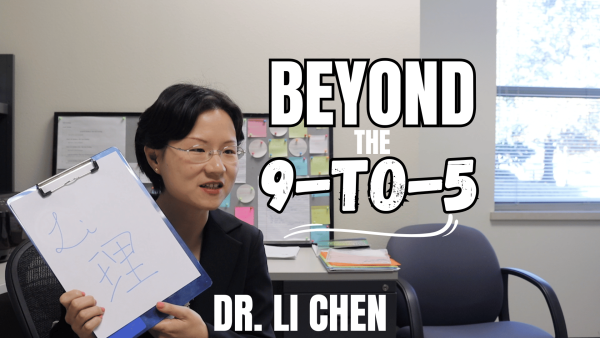The evolution of The Prairie: From print to web
On October 20, 1919, the first edition of The Prairie was published at what was then West Texas State Normal College. The newspaper was four pages long, published twice a month, mostly text based and featured a few pictures. Past print issues are available for viewing at the Cornette Library Special Collections and University Archives.
Supervised under the English Department since the Communications Department had yet to be established, the staff consisted of an editor-in-chief, an assistant editor, a business manager, art editor, society editor, and exchange editor. There were also representatives that would oversee works on athletics and fine arts. The Prairie joined the Texas Intercollegiate Press Association in 1923 and in the same year the print issue was being published every week instead of bimonthly.
With the constant rise and change of technology, many industries had to adjust to keep up with the change of the times. Journalism and broadcasting is not immune to this rise. The addition of the internet and social media has forced news organizations to partially look away from printing for a more accessible way to connect with the public.
The Prairie made its debut online in 2009 on the website theprairienews.com and joined Twitter and Facebook that same year. The first story posted to the Prairie website was posted in Sept. 2010 by David Meraz detailing the addition of the Palo Duro Research Facility. The Prairie later joined Instagram with its first post made in Nov. 2012.
Publication dates for the print editions of The Prairie soon took on a once monthly schedule. The addition of social media and a website allowed editors to publish news stories on the website as soon as they were edited, reaching the audience in a more timely manner. This proved to be an issue once news stories were published in the print edition since by the time they were distributed, often a few days to even a week later, the stories were no longer timely.
To combat the problem of publishing untimely stories, the print editions soon took on a more feature and narrative style with it’s articles. News stories however were still published on the website to keep the public updated in a timely manner. Print stories were still published on the website, but only after distribution.
Social media would be used to reach a broader audience since students were mostly using the sites and apps to keep up to date on their news. Print editions were available across campus, but the target audience was not known for using what is now considered to be an outdated form of media. The posts would often link back to the website to encourage readers to read more than the story that was featured in the post.
Now, The Prairie is rebranding to The Prairie News and wrapping up the centennial anniversary with one last print edition being released the day after its 100 year birthday. In order to keep up with the ever changing technology and audience preference of web-based content, The Prairie News will be transferring to solely online and discontinuing print.
This transition will not affect the stories that are covered by the Prairie News staff or the values upheld in everyday practices. The staff will continue the tradition of informing, educating and entertaining readers accurately and responsibly. The Prairie News has evolved through the years and will continue to do so while continuing to serve the students and the traditions of West Texas A&M University.




